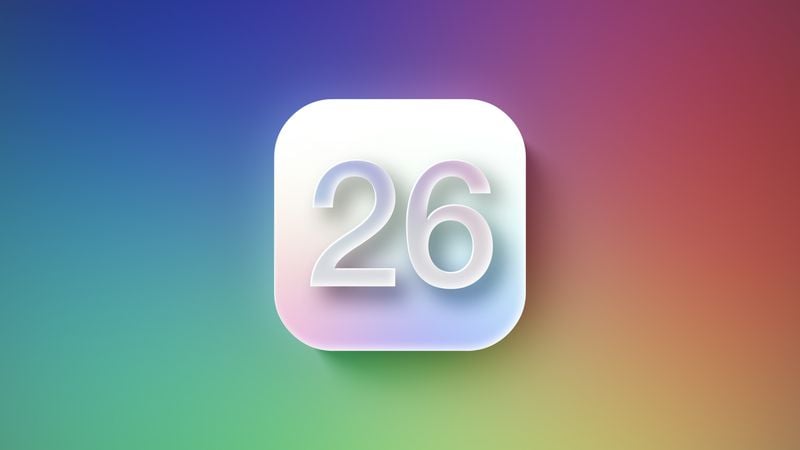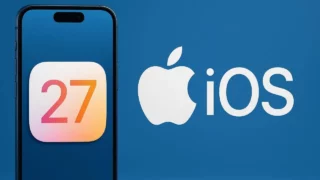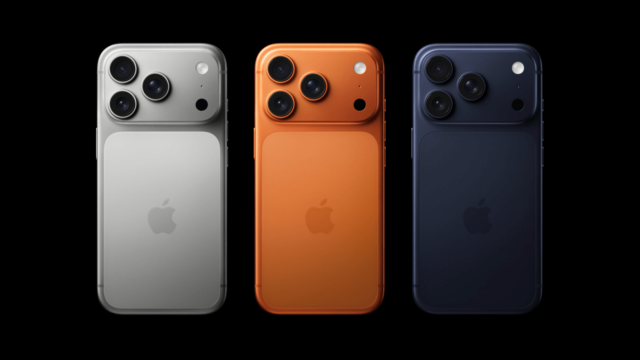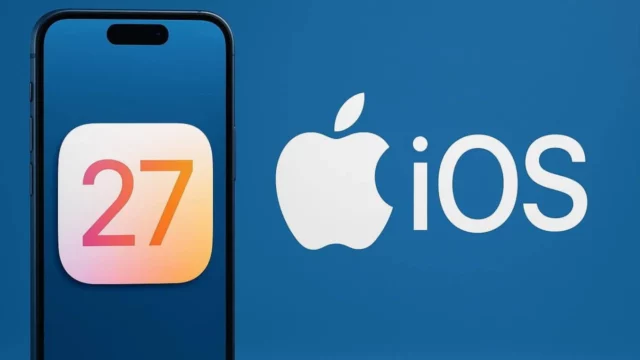Apple has released the Public Beta of iOS 26. This release stands out as one of the most comprehensive updates to iPhone software in years. By redesigning the version numbers to reflect the year 2026, Apple has unified all operating systems under the “26” label. This change marks the direct transition to iOS 26, following the last major update, previously iOS 18.
iOS 26 Public Beta Released
The new update offers broad device support. iOS 26 is compatible with iPhone SE (2nd generation) and later models, as well as iPhones 11, 12, 13, 14, 15, and the latest iPhone 16 series devices.

The most striking innovation in iOS 26 is Apple’s new design concept, dubbed “Liquid Glass.” This design stands out as the most significant overhaul of the software interface since the iOS 7 update in 2013.
Apple’s Vice President of Human Interface Design, Alan Dye, describes Liquid Glass as a new material that delivers a fluid experience in software with the optical properties of glass. New icons, buttons, and menus across the entire interface have been redesigned with this design approach. Animations have also been made more fluid for interactions like taps and swipes.

The Phone app has also been completely revamped with iOS 26. Favorites, Recents, and Voicemails have been combined into a single interface. Users can revert to the old look if they wish. The newly added Call Screen feature receives calls from unknown numbers, collects information about the caller’s name and purpose, and allows the user to decide whether to answer the call.
Hold Assistant alerts the user when someone on the other end of the line begins speaking while on hold. New features include filtering of unknown numbers, SharePlay support, and voicemails summarized with Apple Intelligence.
In the Messages app, users can now customize conversation backgrounds. These backgrounds can be created from the default collection, the photo library, or the Visual Playground powered by Apple Intelligence. A voting feature has also been added to the app. This feature, which allows for real-time tracking of votes and can generate suggestions powered by Apple Intelligence, is also available.
Messages have also been updated with improvements such as an improved spam filter, typing indicators in group conversations, Apple Cash support, and a new contact button. Search has been enhanced with natural language support, text selection has been refined, and access to content like media and links has been made easier.

The Camera app has also undergone a design overhaul. Access to frequently used features has been simplified, while all other functions remain accessible with a swipe. Functions such as a lens cleaning reminder and taking photos with AirPods have been added.
Last year, the Photos app switched to a single-tab design. This year, in response to feedback, the “Library” and “Collections” tabs have been separated. Density adjustments can be made in the Collection view. Photos can also be displayed with depth effects in spatial scenes. Event information can also be accessed directly within the app.
With iOS 26, the Music app offers significant updates to Apple Music users. The AutoMix feature creates a seamless listening experience by providing AI-powered transitions between songs. Lyrics translated into foreign languages and pronunciation help have also been added. Users can also pin their favorite songs, albums, and playlists to the top of the library tab.
CarPlay also received the Liquid Glass design with the new version. In addition to the interface’s updated icons and menus, all iPhone widgets can now be added to CarPlay. Live Events are now displayed in CarPlay for the first time.
Incoming calls appear as banners at the bottom of the screen instead of taking up the entire screen. The new “in-car video playback” feature, which developers and automakers must support, has also been added to the system. Handoff support with AirPods has also been introduced.
iOS 26 also showcases Apple’s focus on gaming. The new Apple Games app, added to the home screen, allows users to manage all their games and Apple Arcade content from a single location. The app also provides notifications about updates and events.
Two new features have been introduced in the Maps app: “Preferred Routes” and “Visited Places.” The iPhone recognizes regularly traveled routes and warns the user in advance of potential delays. Visited locations are automatically saved, shared, or deleted. This information is stored entirely on the device, ensuring privacy.
Apple Intelligentce has achieved deeper integration with iOS 26. Visual Intelligence can perform actions like creating an event, searching, finding a product, or sending it to ChatGPT using a screenshot. One of the highlights is Live Translation, which provides real-time translation in Messages, Phone, and FaceTime. Privacy is protected because translations occur on-device.
New actions powered by Apple Intelligence can be defined in the Shortcuts app. Users can now integrate features like writing tools or Visual Playground directly into shortcuts. A new action called “Use Model” provides direct access to Apple’s models or ChatGPT. For example, a student can create a shortcut that compares a lecture transcript with their grades to extract missing information.
Genmoji and Visual Playground features have also been expanded. Multiple emojis can now be combined, and facial expressions and personal features can be customized. Visual Playground, thanks to ChatGPT integration, allows for the creation of visuals in different styles. New options include Watercolor and Oil Painting styles.
Apple Intelligence also provides users with small but impactful improvements in many areas, including order tracking in Apple Wallet, category suggestions in the Reminders app, and automatic survey creation in Messages.
iOS 26 stands out as a comprehensive overhaul of Apple’s iPhone software, from design to functionality. This update, which has begun testing in public beta, is expected to be available to all users by the end of the year.













